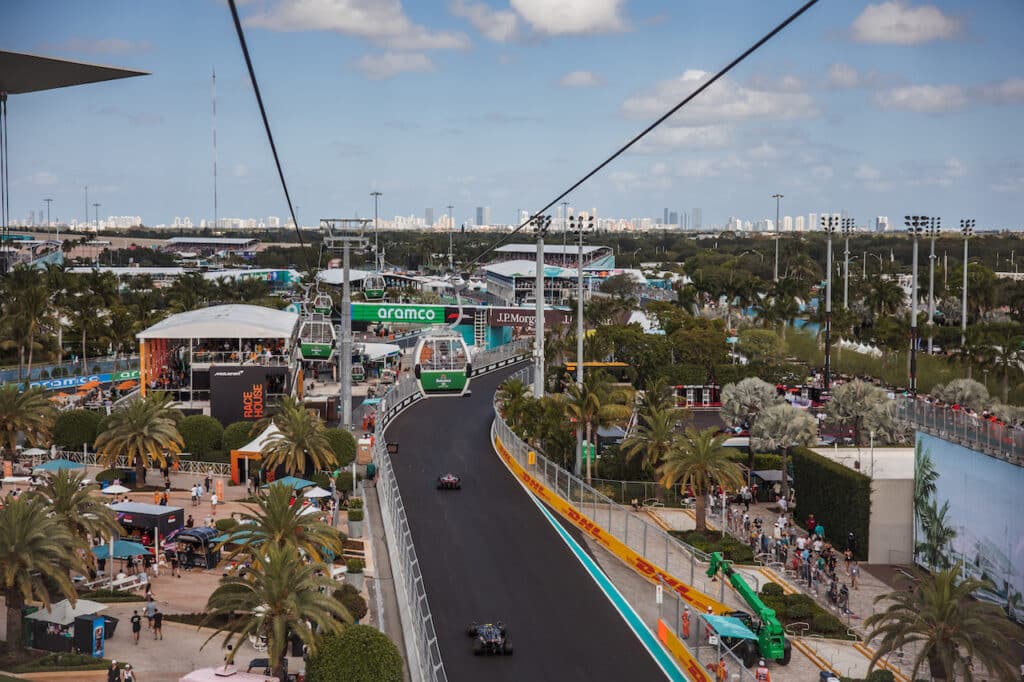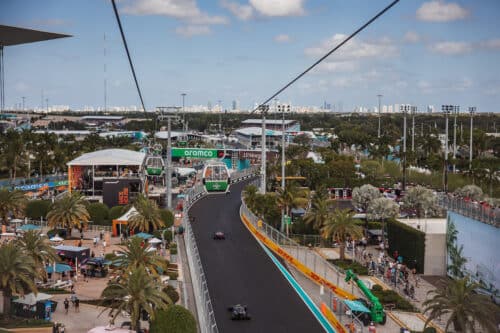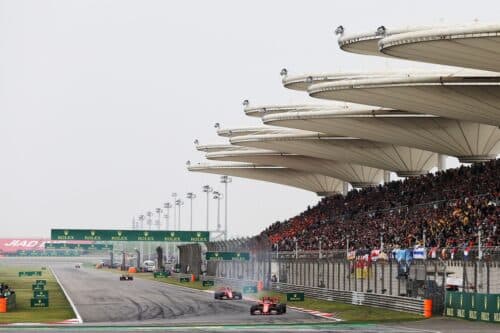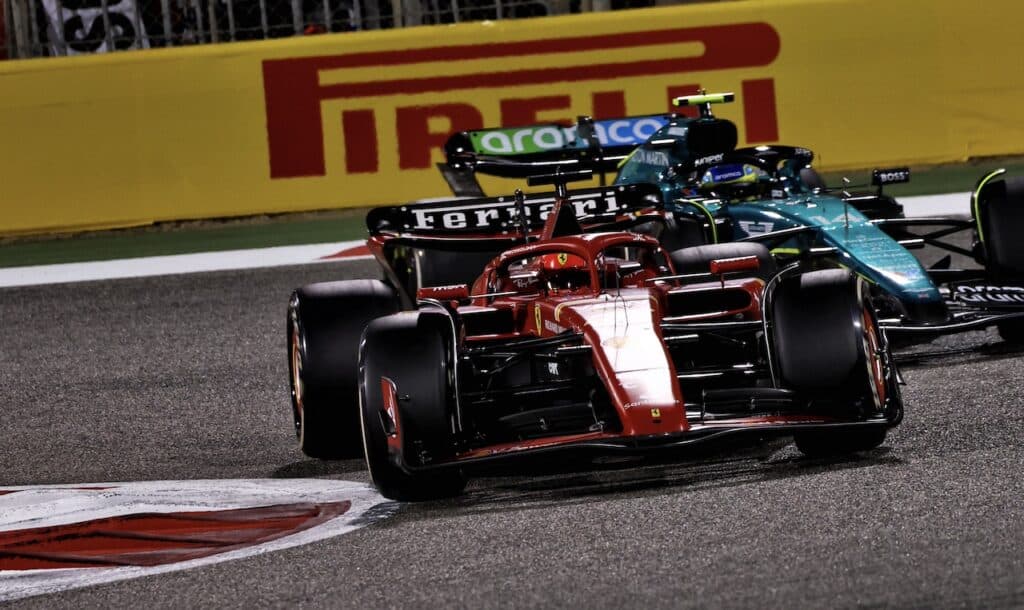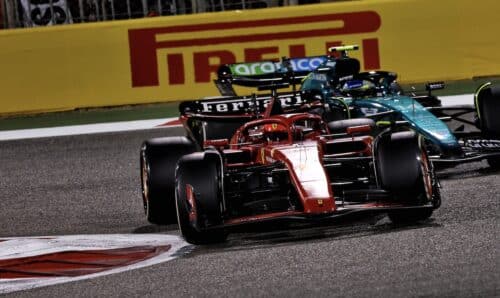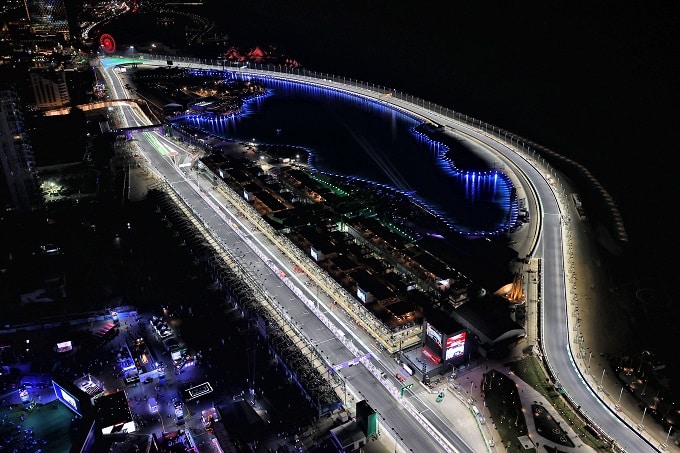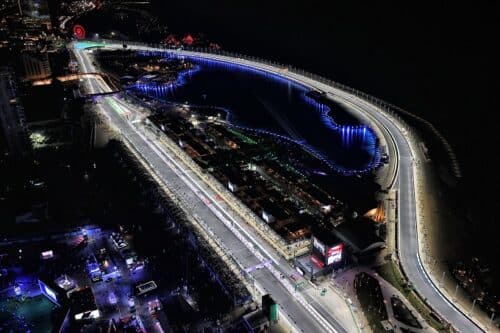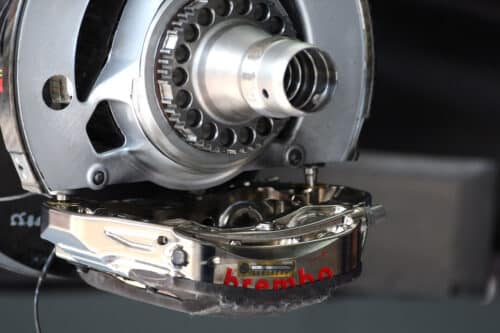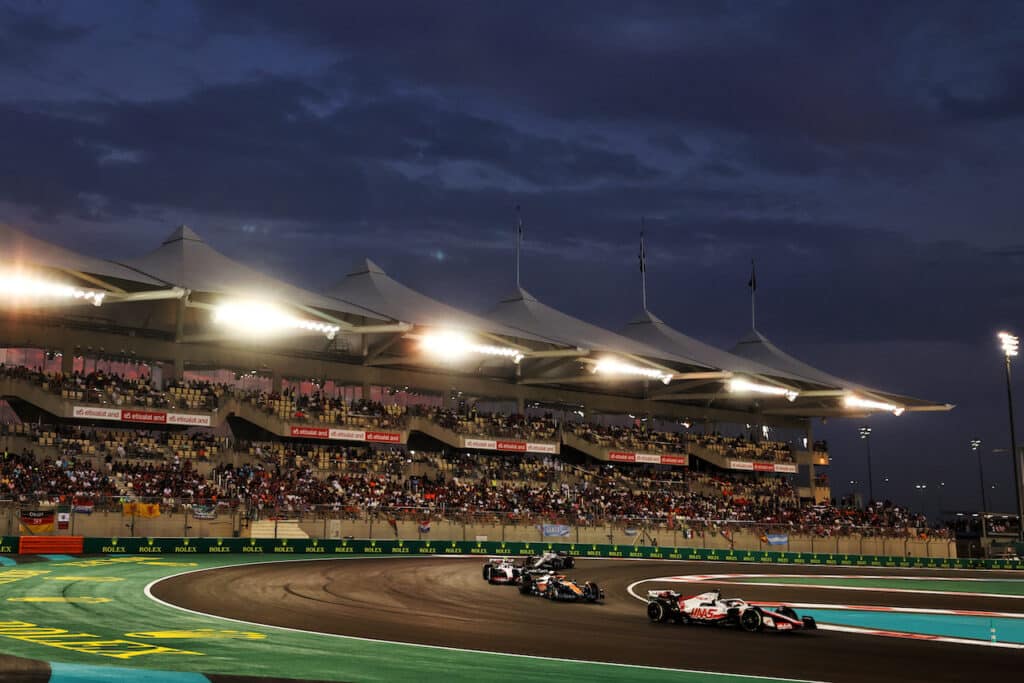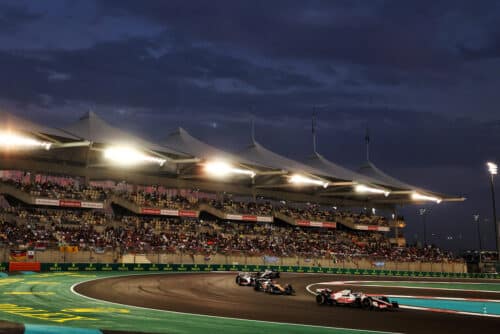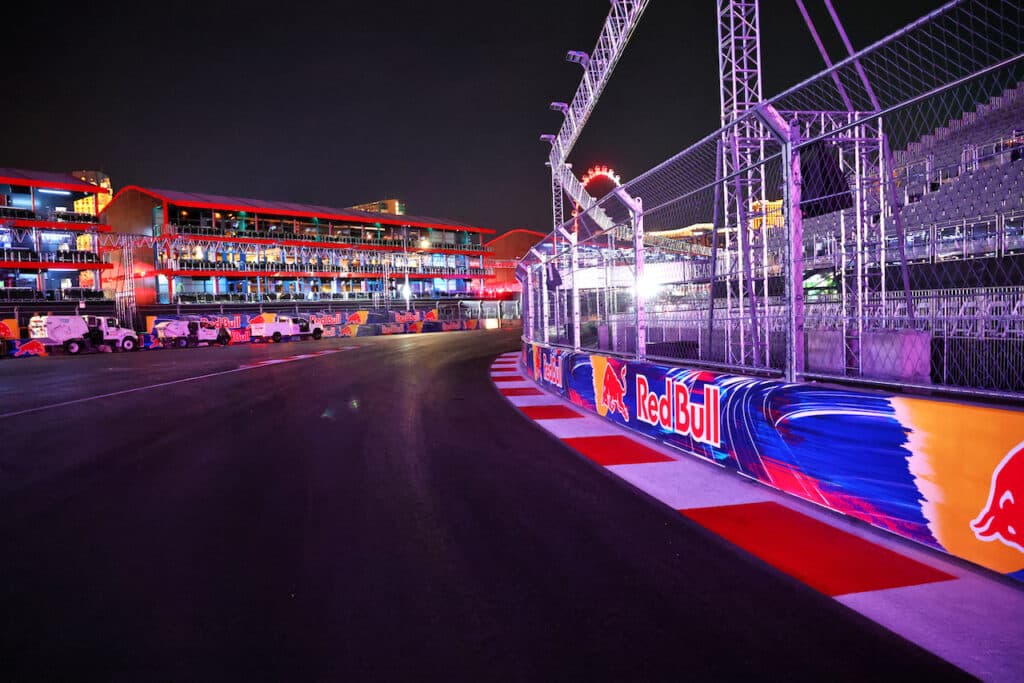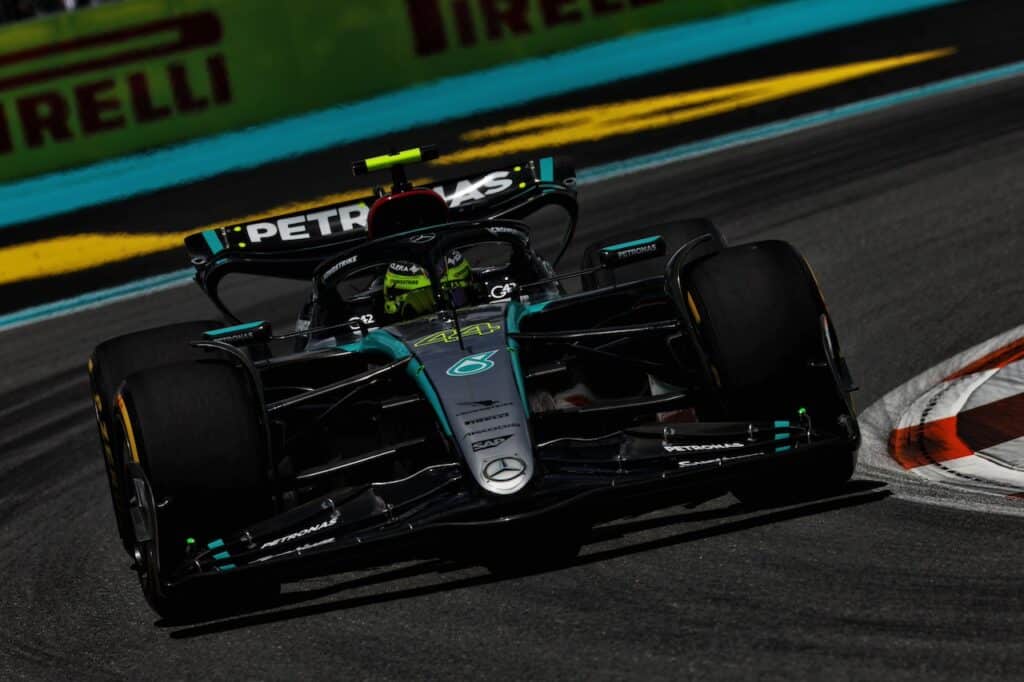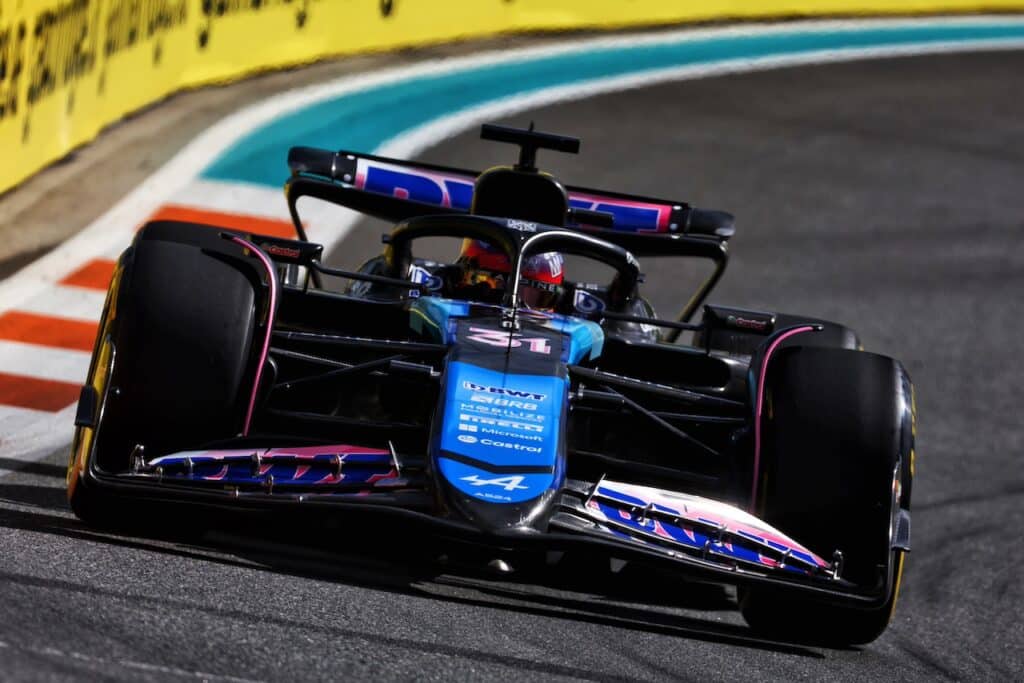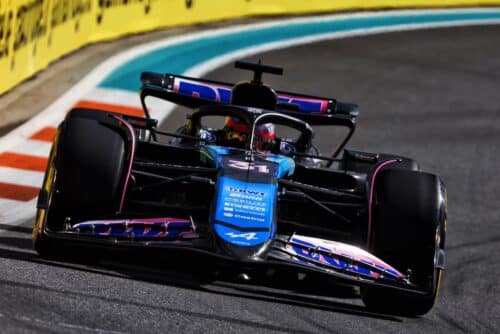F1 | Brembo, the Australian GP from a brake point of view
Some curiosities about the Melbourne track

Orphan of Bernie Ecclestone, after whom the award established by Brembo in 2011 is named, Formula 1 restarts for the seventh consecutive year from the Australian GP. From 24 to 26 March the Albert Park Circuit in Melbourne hosts the 1st round of the 2017 World Championship. Located in the park of the same name, the circuit winds around the Albert Park Lake. The track, being usually open to city traffic, is slippery at the beginning of the weekend. As the sessions went by, the asphalt became increasingly rubbery, also increasing braking performance: in 2016, from the first free practice sessions on Friday to Q3 on Saturday, the single-seaters improved their lap times by 6 seconds.
The increase in decelerations translates into greater stress on the braking systems: wear increases on pads and discs which reach very high temperatures despite the asphalt being less hot than many of the tracks in the northern hemisphere. The larger tyres, introduced this year, guarantee greater grip when cornering: consequently, braking distances will be shorter than in 2016 because the cars will be able to negotiate curves at higher speeds.
The change in tires also translates into an increase in braking torque and to overcome greater consumption, the discs in use in 2017 have increased thickness, as well as a greater number of ventilation holes. According to Brembo technicians, Albert Park falls into the category of circuits that are highly demanding on the brakes. On a scale of 1 to 10 it earned a difficulty index of 8, identical to those obtained by other twisty tracks such as Monza, Baku, Sochi and Spielberg.
The Australian track has 9 braking points, for a total brake use time per lap that is among the lowest in the World Championship: last year the average hourly flying lap was the highest of the first 8 GPs of the championship. The average deceleration remains high, just over 4 g, thanks to the presence of 7 curves in which a value above 4 g is recorded. From the start to the checkered flag, each driver uses the brakes over 510 times, exerting a total load on the pedal of over 62,2 tonnes, equivalent to the weight of 95 Formula 1 single-seaters including drivers. In other words, each pilot exerts a load of over 7 and a half quintals per minute. Albert Park is one of the World Championship tracks where single-seaters dissipate the greatest amount of energy when braking: on average a car reaches 161 kWh, equivalent to the hourly energy consumption of over 1.200 PlayStation 4s.
Of the 9 braking sections at Albert Park, 4 are classified as demanding on the brakes, while 3 are of medium difficulty and 2 are light. The most feared is Turn 3 because the drivers benefit from the DRS and thus reach speeds of 312 km/h: braking is 110 metres, a dozen less than in 2016, because the single-seaters arrive there faster and can set the curve with a higher speed. To complete the operation the pilots need 1 second and 30 hundredths of a second during which they exert a load of 163 kg and undergo a deceleration of 4,8 g. The first corner after the finish line is also very difficult, also positioned after a DRS use area: the deceleration is still 4,8 g but the braking is contained in 94 meters and 94 hundredths of a second. Compared to last year, braking has been reduced by around twenty meters because the 2017 single-seaters enter the corner at 164 km/h, compared to 143 km/h in 2016.
if you want to always be updated on our news
Follow us here


